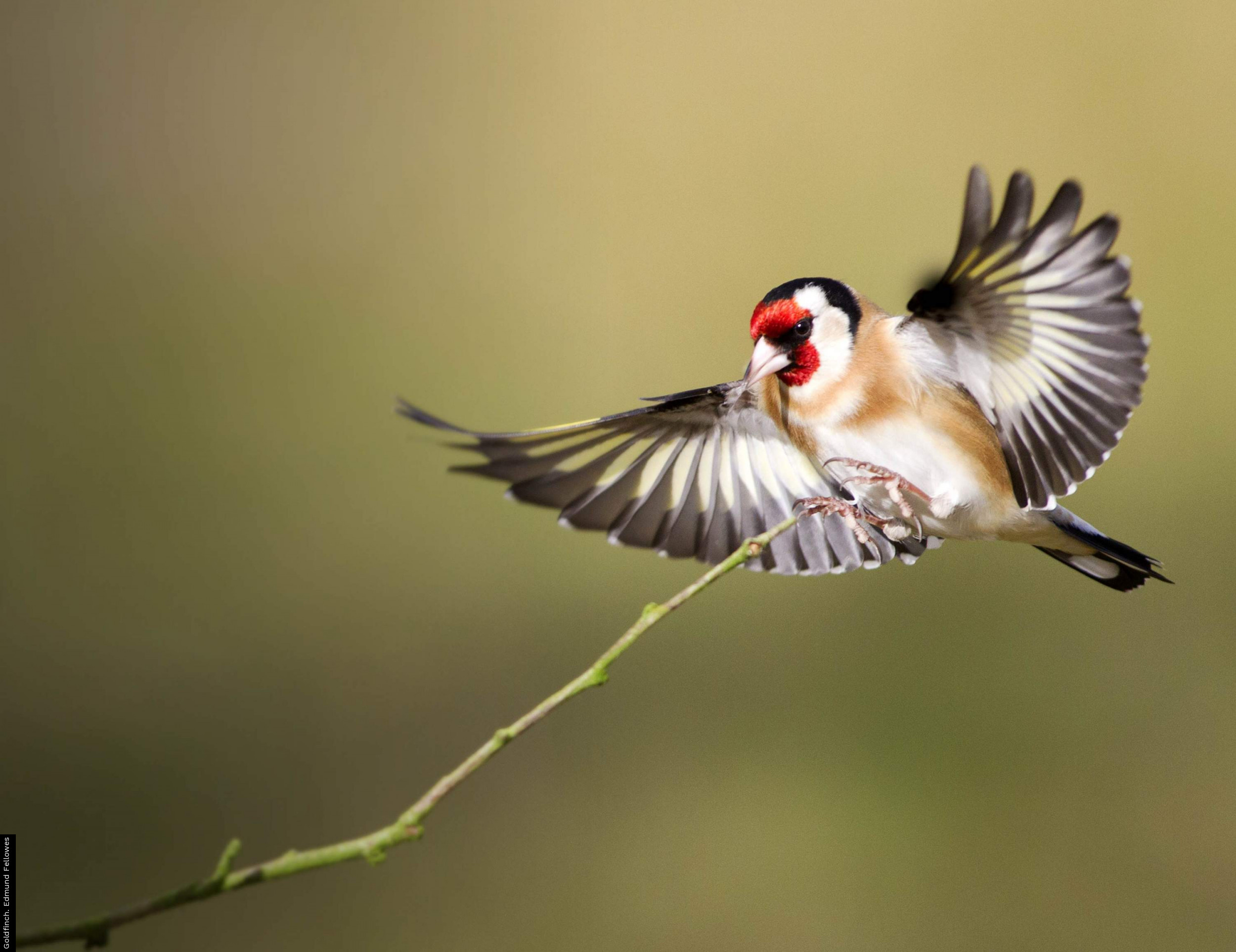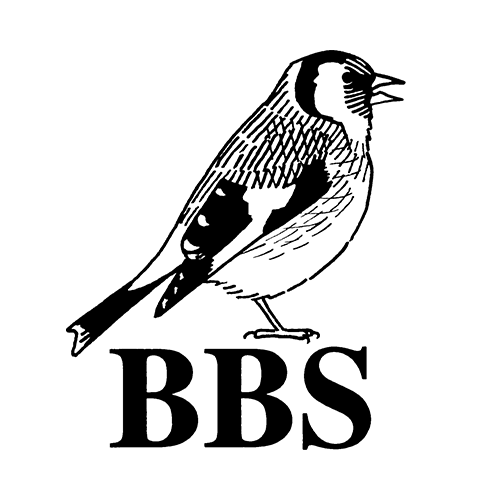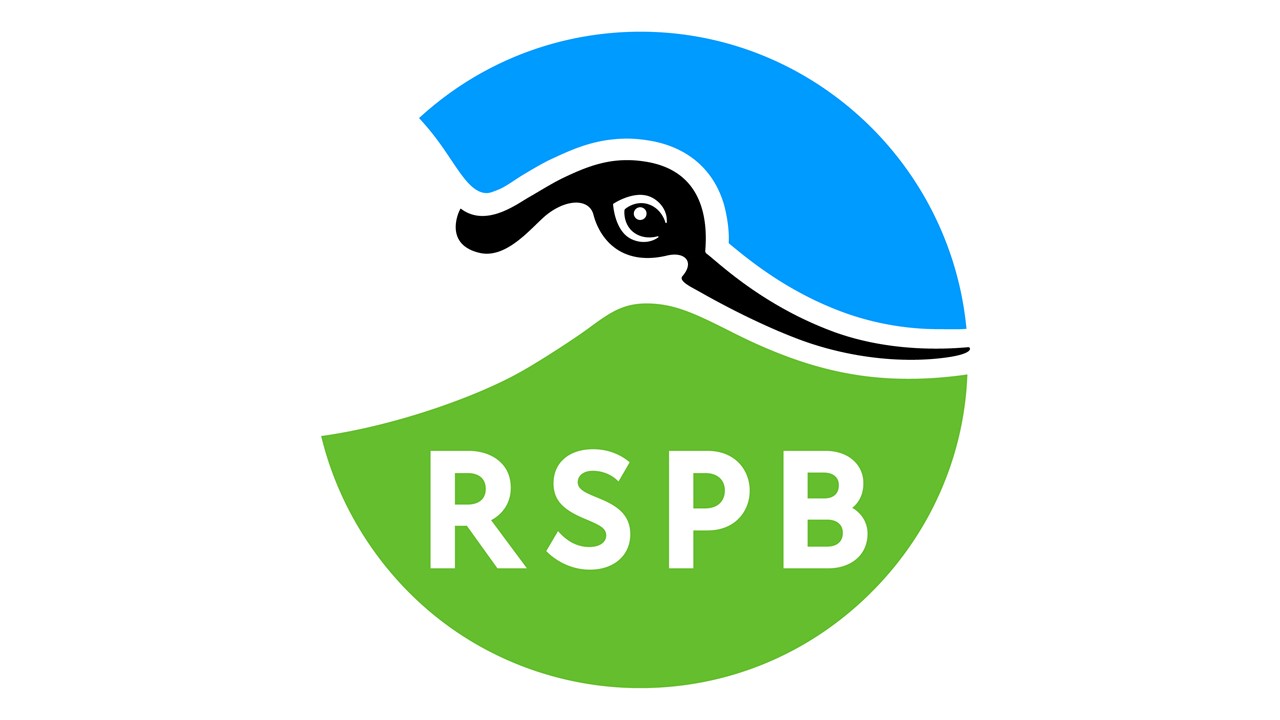Frequently asked questions
Most questions can be answered by looking at the survey instructions
Where are the survey sites?
How do I find my survey site on a map?
How do I return my data?
I can't log in to BBS-Online to enter my data; how can I gain access?
Why do I have to survey a random site?
How do I get access to private land that my transect route crosses?
Can I change my transect route?
Can my transect route go outside my square?
At what time of year should I undertake my survey?
At what time of day should I undertake my survey?
Should I undertake my survey on windy or rainy days?
Do I need to record the same birds on my transect counts, if I am including them in my colony count?
Are there any birds that I should not record?
In which distance band do I record aerial hunters and songsters?
How do I avoid recording juvenile birds if it's not possible to tell the difference between adults and juveniles?
Should I record breeding evidence, or whether birds are male or female?
Should I continue to survey my square if the habitat has changed out of all recognition?
If the habitat of my square hasn't changed, do I still need to complete a habitat form?
I have three habitat types in my 200m section; which two do I choose?
How are my habitat records used?
Where are the survey sites?
Survey sites are randomly-chosen 1-km squares of the National Grid. Your Regional Organiser will allocate you a survey site as near as possible to where you live.
How do I find my survey site on a map?
Visit the Geograph website and replace the final part of the web address with your 4-figure Ordnance Survey (OS) grid reference (e.g. TL1234). Alternatively, look at a pink (scale 1:50,000) or orange (scale 1:25,000) OS map, or visit . For more information on grid references, see Know Your Place.
How do I return my data?
You can send back your completed forms to your RO, or submit your data on BBS-Online. (More information about BBS-Online)
I can't log in to BBS-Online to enter my data; how can I gain access?
You can log in using the same username and password as for other BTO online surveys (e.g. BirdTrack or Garden BirdWatch).
Before you can log in, your Regional Organiser (RO) needs to link your BBS square to your BTO username.
- If you haven't been allocated a square, click here to contact your RO.
- If you don't have a BTO username and password, click here to register
Why do I have to survey a random site?
BBS sites are randomly chosen to ensure that the majority of habitat types in the UK are surveyed. It is essential that we survey less-popular urban and upland sites, and squares that contain few bird species, so that we obtain a representative sample of the bird numbers in the UK. Survey sites chosen by the observer tend to be ones that are best for the birds, such as nature reserves. Bird populations in these 'hot-spot' sites tend to fare better than those in the wider countryside and are therefore not representative.
How do I get access to private land that my transect route crosses?
Most squares can be surveyed by walking along public rights-of-way, and should not require any access permission. However, you may need to gain access to private land, and the most effective way of doing so is to visit your square and ask the landowner in person. In the vast majority of instances, landowners are happy to allow access across their land for the purpose of a bird survey. If required, a letter of introduction can be provided by your RO or the National Organiser. It is relatively rare for access to be refused, but if this does occur, you must not continue your survey across that land.
Can I change my transect route?
No, please do not change your transect route unless it is absolutely necessary. To enable us to produce accurate population trends, we must conduct our bird counts along the same routes in the same squares, year after year. Altering your survey route will alter the list of species and the numbers of each species you will record. However, it may be necessary to change your route permanently if the old route becomes dangerous to follow, or access has been refused to part of it for the foreseeable future. The new route should follow the old one as close as possible.
Can my transect route go outside my square?
Yes, small deviations into adjacent squares are perfectly acceptable if this is the only route you can take. In an ideal world, your transect route should follow two straght lines across your square, but in most cases access will prevented by physical barriers such as roads or hedgerows.
Can my transect route be less than the full 2km long?
If access is restricted, it is acceptable to cover fewer than ten 200m transect sections (i.e. the route can be shortened). However, if fewer than five transect sections can be covered, please report the square to your RO as uncoverable.
At what time of year should I undertake my survey?
The first bird-count visit should be undertaken between early April and mid-May, and the second visit between mid-May and the end of June. Visits are undertaken during this time period to coincide with the peak singing periods for most resident and migrant bird species, and to reduce the number of unidentified juveniles recorded. Your Early and Late BBS visits follow exactly the same procedure, and should be at least four weeks apart. Consistency is important, so please try to survey your square on roughly the same dates every year.
At what time of day should I undertake my survey?
The ideal time of day to count birds in the breeding season is roughly one hour after sunrise until mid-morning (10-11am). This generally means starting your BBS survey at around 6-7am and ideally no later than 9am. Birds are generally most active at this time of day and most inactive in the early afternoon. However, if it takes you several hours to reach your square, and this can be the case in remote upland areas, we understand that you may have to survey your site later in the day. Most importantly, try to be consistent year to year.
Should I undertake my survey on windy or rainy days?
No, not unless it is absolutely necessary, because bird song and activity is very much reduced on wet or very windy days. However, it is better to undertake the survey in less than ideal weather conditions than not to do it at all.
Do I need to record the same birds on my transect counts, if I am including them in my colony count?
Yes, please write the number of adults you see, as well as the number of active nests counted at a colony. For example, if you record 20 active Rook nests on your colony count and you can see 35 adult birds on your line-transect count, enter 20 in the number of active nests and 35 in the relevant distance bands on your transect section counts.
Are there any birds that I should not record?
You should not record birds that are behind you as you start your transect, or ahead of the end of your transect. You should not record birds that are clearly juveniles (birds of the current year). Other than that, you should record all birds seen.
In which distance band do I record aerial hunters and songsters?
Skylarks in display flight and hovering Kestrels should be recorded in the relevant distance category. The correct distance band is determined by estimating the length of a line that runs at a right angle from your transect route to a point directly below where the bird is displaying or hunting. Aerial-feeding Swifts, Swallows and martins should be recorded in the flight category, unless they are seen to land or fly into a nest site
How do I avoid recording juvenile birds if it's not possible to tell the difference between adults and juveniles?
Birds that can be identified as juveniles (birds of the current year) should not be recorded. If it is not possible to identify a bird as adult or juvenile, record it as normal. If you know that juveniles are present, but it is difficult to distinguish adult and young birds (e.g. in a flock of Starlings), simply give your best estimate of how many adults were present.
Should I record breeding evidence, or whether birds are male or female?
For the standard survey there is no need to record activity (e.g. singing) or whether birds are male or female. You can, however, optionally record how birds were detected (e.g by song) - please see the instructions.
Should I continue to survey my square if the habitat has changed out of all recognition?
Yes, even if the habitat in your square has changed drastically from the previous year, it is important that you continue to survey your square, so that we can monitor any changes in bird numbers that might have been caused by the habitat changes.
If the habitat of my square hasn't changed, do I still need to complete a habitat form?
Yes, we still need a habitat form every year, even if the habitat has not changed, as this is very useful for BBS research. It is useful to keep a note of the habitat codes from your square, and you can view habitat codes from previous years on BBS-Online.
I have three habitat types in my 200m section; which two do I choose?
The order in which the habitat types are entered does not matter (i.e. the First Habitat and Second Habitat on the green Habitat Recording Form). However, if you have three distinct habitats within your 200m transect section, you will have to choose two of them. Select the habitats to include in terms of the number of birds they are contributing to the survey and their physical size within the 200x50m rectangular habitat recording area.
How are my habitat records used?
See examples of how BBS habitat data have been used within our spatial modelling work, to estimate species densities in different habitats, and to produce habitat-specific trends.










Share this page